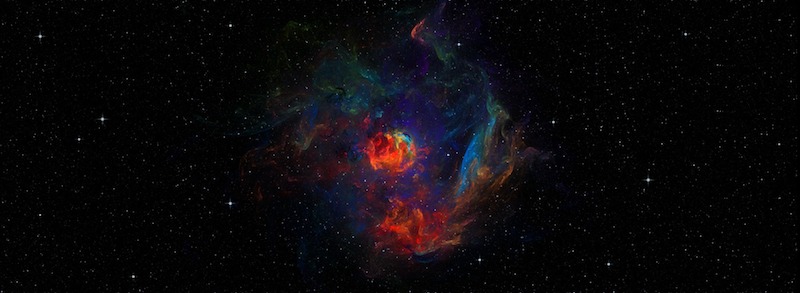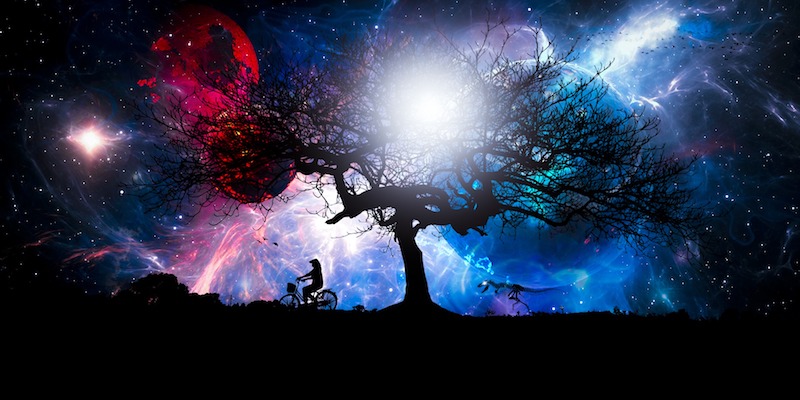One of the leading explanations for how the universe got its start is the Big Bang. In this theory, the universe began as a single point and then expanded to its current size. Although this is probably the best-known answer to the “birth of the universe” question, it is not the only idea that physicists have come up with.
”We could be living in a cyclic universe with bounces occurring every 100 billion years or so. It is even possible to imagine a cyclic universe with no beginning or end,” writes physicist Anna Ijjas, in New Scientist.
In the idea that Ijjas is pursuing, the universe doesn’t burst forth from a singularity. Instead, a previous universe slowly contracts to a small patch of space and then bounces, which causes it to expand in the same way that our current universe is expanding.
This idea was first put forward by Paul Steinhardt, who in the 1980s co-proposed that a rapid period of expansion — known as inflation — occurs just moments after the Big Bang.
In the cyclical model of the universe, there is a long period of ultra-slow contraction that occurs just before the bounce. This requires a special form of energy that slows down the contraction and “tends to smooth out any irregularities in the distribution of energy and in the fabric of space-time,” writes Ijjas.
Also, because quantum fluctuations are small in a slowly contracting universe, the bounce produces a less messy outcome. Ijjas writes that one of the limitations of inflation is that, due to quantum fluctuations, it should result in a universe with “an infinite number of patches with an infinite variety of different properties,” what’s known as an inflationary multiverse. But this isn’t what we see in today’s universe.

Ijjas suggests decaying dark energy as a possible source of the energy needed to slow the contraction of the universe. The energy would also stop the universe from shrinking so much that quantum gravity effects come into play. This would allow the universe after the bounce to have the same ”smooth distribution of energy and flat untwisted geometry of space-time” as our current universe.
This idea is currently just that — an idea. But Ijjas is working with Steinhardt and Frans Pretorius at Princeton University to model how a cyclical universe would evolve. They are looking for distinctive signatures of the contraction and bounce of the universe.
One prediction from their modeling is that ultra-slow contraction doesn’t produce primordial gravitational waves. So far this is true, although other research groups are designing experiments to look for these kinds of waves. If they find them, then “the idea of slow contraction must be wrong,” writes Ijjas.
But if the contraction-and-bouncing universe does withstand further scrutiny, what would a cyclical universe look like? Ijjas writes that there might be bounces every 100 billion years or so, each one creating a new universe.
Each period of ultra-slow contraction would reset the universe, erasing signs of the previous cycle and returning all the features of the universe to what they were, on average, before the cycle began.
“In other words,” write Ijjas, “if you had lived on a planet like Earth in the cycle before our own, you would observe roughly the same basic properties of the universe as we do.”
_____
“A man of that syntax, looking over his equations, finds that
he has calculated enough varieties of intensity
to say with authority
that the universe never began
and will never end,
but that it has gone, and is going now, and will go
through endless fluctuations of intensity.”
~ From “The Active Side of Infinity” by Carlos Castaneda


